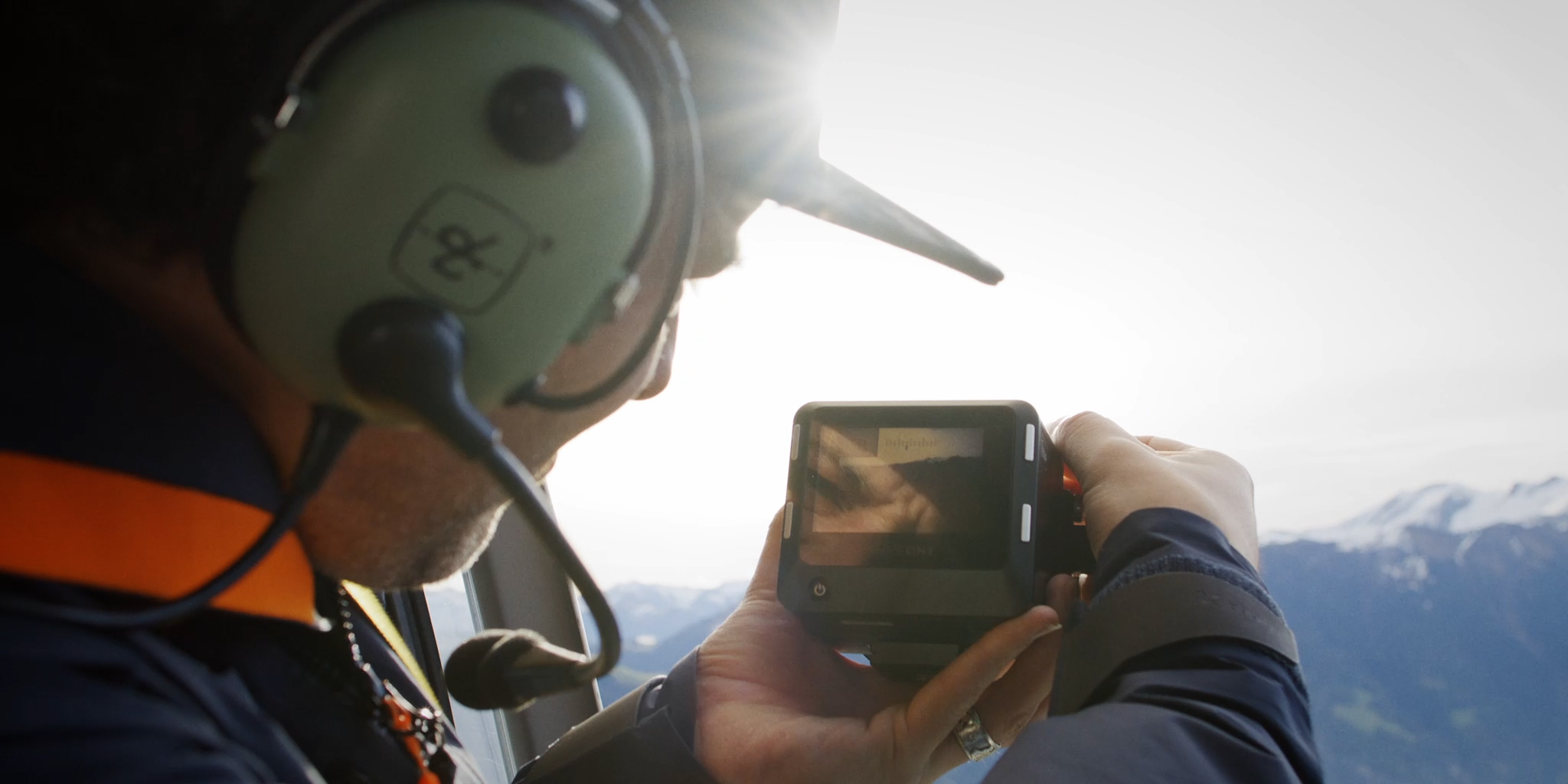“A 2021 Lotus Evora, for example, has the same engine as a Toyota Camry…so why would anyone spend $78,000 for a Lotus when they could buy a Camry for $27,000?” explains Drew Altdoerfer, VP Digitization, when we asked about the price of the Phase One XC. “It’s not the components that determine the price of a product, it’s what the designers and manufacturer enhance, modify, add, and combine those components to become.” A little while back, Phase One announced their new XC camera and the $62,490 price point that comes with it. So we spoke with Drew and asked him to explain a bit more about the camera to us and why it costs more than rent for a two-bedroom apartment in NYC.
Drew spoke to us about the sum of the parts. The Phase One XC is a camera that comes with a body, a sensor, and a back. This back has a 150MP medium format sensor. Though, to many of us, this isn’t even medium format because it isn’t a 6×7 film plane. That’s unheard of, though, overall. The sensor, in fact, is the closest thing we have to digital 645 format film. However, most other cameras don’t sport sensors this large — and they surely don’t charge as much as Phase One does.
Table of Contents
Phase One IQ4 Tech Specs
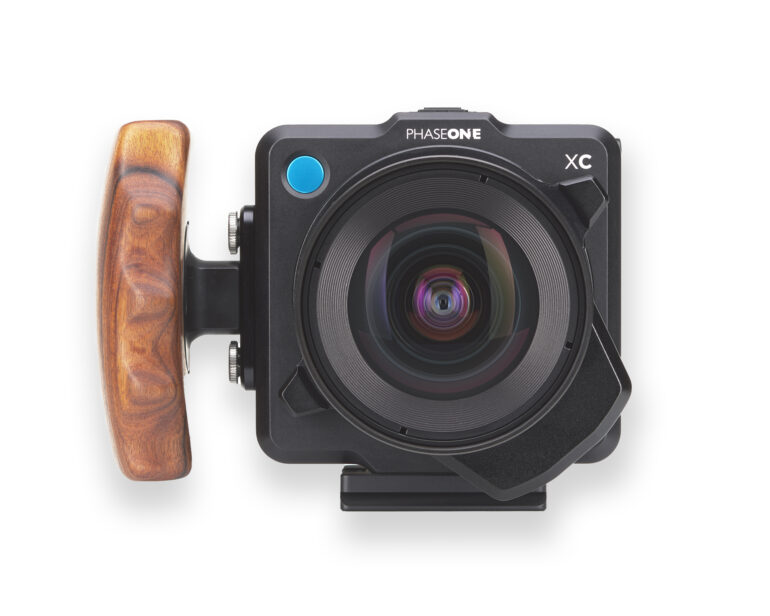
When we previously covered the launch of the IQ4, they didn’t provide much in the way of tech specs. So we dug these up from Digital Transitions.
| IQ4 Specs | IQ4 150MP | IQ4 150MP Achromatic | IQ4 100MP Trichromatic< |
| Resolution | 151 Megapixel | 151 Megapixel | 100 Megapixel |
| Sensitivity (ISO) | 50 – 25600 | 200 – 102400 | 35 – 12800 |
| Long Exposure | 60 minutes | 60 minutes | 60 minutes |
| Sensor Type | CMOS (BSI) | CMOS (BSI) | CMOS |
| Active Pixels | 14204 x 10652 | 14204 x 10652 | 11608 x 8708 |
| Output Image Dim. | 120.3 x 90.2 cm 47.4″ x 35.5″ | 120.3 x 90.2cm 47.4″ x 35.5″ | 98.3 x 73.2cm 38.7″ x 28.8″ |
| Storage | XQD, SD | XQD, SD | XQD, SD |
| Tethering | Ethernet, USB-C, Wireless | Ethernet, USB-C, Wireless | Ethernet, USB-C, Wireless |
| XF Powershare | YES | YES | YES |
| 3.2″ Touch Display | YES | YES | YES |
| Prime Lens Choice | YES | YES | YES |
| 5 Year Warranty | YES | YES | YES |
Rodenstock 23mm f5.6 HR Digaron-S Aperture Only Lens Tech Specs
The lens attached to the IQ4 is the Rodenstock 23mm f5.6. These specifications are taken from Rodenstock’s website.
- f5.6 – 22
- 72mm filter thread
- 1/1000th max shutter
These are the only specs that we can drum up, as there’s nothing else about the optical design of the lens.
Thinking of the Phase One XC as a Very High-End Point and Shoot
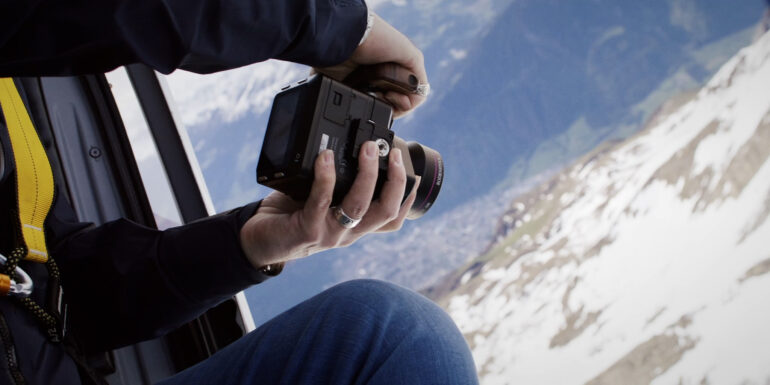
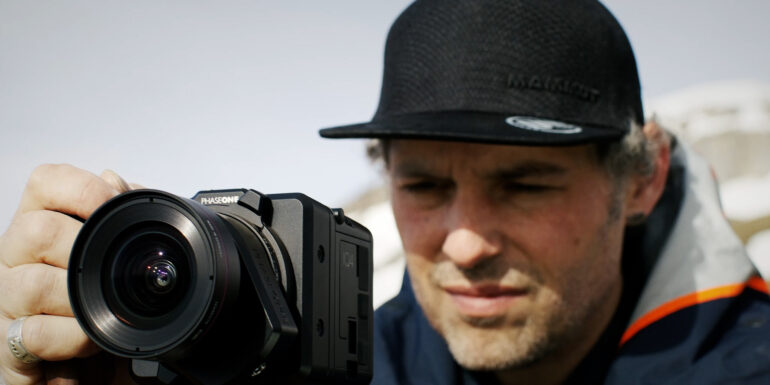
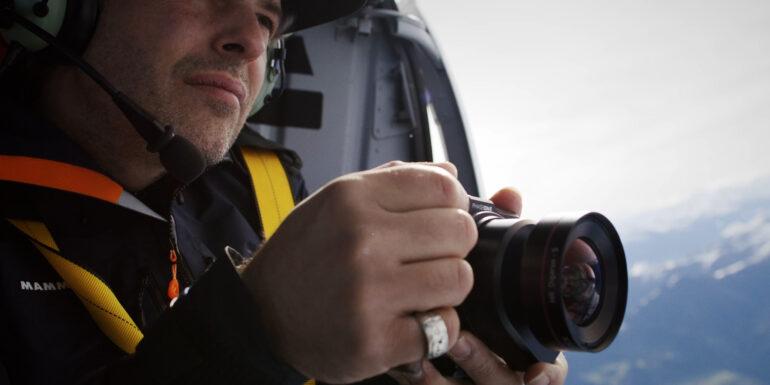
Phase One likes to bill cameras like this as their mirrorless option. They’ve been doing so for several years now. And Drew believes that Phase One can do quite a bit more with this sensor than they’ve done previously. He likens it, again, to cars. “…the engineers at LOTUS can take a 300 hp Toyota engine and make it put out 416 hp, using the same engine they can improve the 0-60 time of a Camry from 5.5 seconds to 3.5 seconds,” he explains. “For those that demand performance, this is the justification for the price.” There’s some truth in this statement, as when you look at DXOMark scores, there are similarities in which sensors are being used. For example, the Leica M11 is a sensor that we’re confident is also found on the Sony a7r V. However, the Leica performs better, at least when it comes to image quality.
So how does this translate into better photography for photographers?
Quite honestly, most are probably just fine with the sensors that are in most modern cameras. A Phase One XC won’t necessarily win you an award in a photography competition. Instead, it’s going to be about the images that you create. Of all the World Press Photo 2023 award winners, there’s only one medium-format camera on the list — and it’s from Fujifilm.
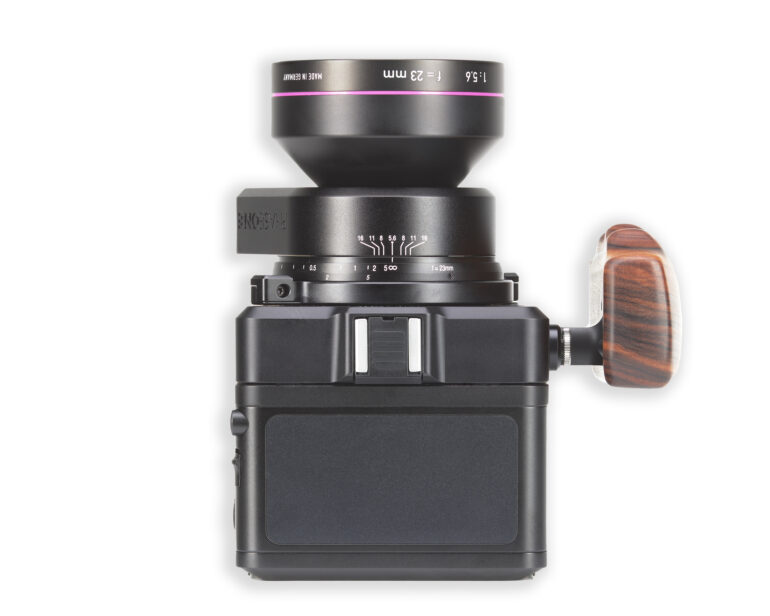
So why the $62,490 price point?
Drew tells us that Phase One has to specify certain performance criteria. When vendors aren’t available to build what they want, Phase must do it themselves — this is the case with Phase One optics, apparently. “…the requirements for those optics would not be satisfactory with their ‘off the shelf’ design,” says Drew. “As no one else has the performance capabilities of our platform and sensor, no OEM is making standard optics to accommodate those requirements.” For the record, we’ve interviewed several photographers who use Rodenstock lenses:
- Photographer Zak van Biljon used them with Kodak Aerochrome to get his beautiful photos.
- Photographer Pete Rezac uses them when shooting large format.
- Photographer Steve Gosling sometimes uses Phase One cameras and Rodenstock lenses.
- Photographer Ellis Vener has shown us how he uses Rodenstock lenses to shoot fireworks.
We’ve done several more interviews with photographers that shoot with Rodenstock lenses. However, none of them really wax poetically about them. Further, we’ve never done our own independent evaluations of these lenses.
Nonetheless, Drew’s quotes harken back to a dirty secret in the photography world around component usage. For the most part, only a few companies make all the optics in the lenses you have. While Canon makes its own sensors in their interchangeable lens cameras, Sony makes most of the sensors in modern cameras.
All of this makes one wonder what makes the sensor so unique. Transparently, we haven’t tested a Phase One camera in almost a decade. The company makes no mention of all the problems that we found back then — particularly with autofocus. That’s because the Rodenstock is a manually focusing lens. When we asked about the tech in the sensor, we were pointed to this description. The video was done four years ago. To that end, the Phase One XC is using a sensor from 2019. Granted, most other mirrorless cameras haven’t caught up to 150MP yet.
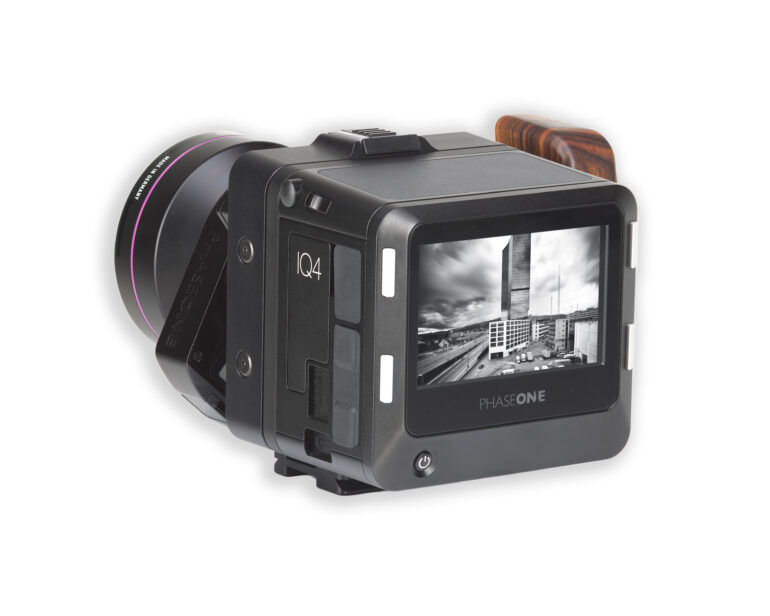
The sensor here is a 150MP BSI (back-side illuminated) sensor. If your full-frame 35mm camera has a BSI sensor, you basically consider what it’s doing and make it much larger. For the person that simply just cares about better image quality, it more or less means that the sensor is receiving more light than it would with a front-side illuminated sensor. “While the sensor itself is built to a specification by the manufacture, Phase One prides itself on building strong relationships at an R&D level with those manufacturers to ensure the sensors can not only reach their potential, but the supporting platforms can extract the highest performance out of the sensor,” says Drew, acknowledging that Phase One isn’t making this sensor themselves. This is further confirmed at 6:00 in the video, which states that Phase One built the sensor with Sony.
“The conclusion of that evaluation is the understanding that larger sensors, coupled with high-performance optics, will yield the best results for all applications,” explains Drew, neglecting to discuss the major advancements that AI-assisted autofocus has made over the past few years. “This holds true even if the pixels are larger and thus the resolution lower. The resolution itself does not dictate the image quality; instead, it is the quality of the Pixel (gain levels, dynamic range, pixel depth, etc) regardless of size.” This fact is backed up by our many tests. Certain sensors are designed for more dynamic range and color depth, while others eliminate high ISO noise much better.
The conclusion is the same as it was 30 years ago, you can achieve better image quality and greater optical performance with larger image circles and a sensor (or film) to accommodate that lens… capturing the highest resolution possible with the highest quality pixel, and lots of them. Considering the good old days of film, we were restricted by the grain size of silver for “resolution”, in the case of digital, we can continue to chase smaller pixels to reach greater resolutions but only IF those pixels perform to our expectations. A cell phone may tout 40megapixels, but this is just the number of pixels and the interpretation of the data, it in no way is a reflection of the quality of data that pixel can produce.
Drew Altdoerfer, VP Digitization
Phase One’s philosophy here sounds very similar to the approach that Zeiss took with the Otus lineup. Zeiss wanted a no-compromise experience with the image quality. But since then, they’ve fallen on quite hard times — citing that they’re still in the photo industry because they make lenses for phones.
Couple this sensor with the fact that Phase One tells us that the lens was optimized to work specifically with the sensor and the whole platform. This is the same philosophy that Leica takes with the Leica Q3 and that Fujifilm does with the Fujifilm X100v. Because of this, they can find a way to make the camera smaller and lighter. In this way, you can think of the Phase One XC as a fixed lens camera or a medium format point-and-shoot.
In this way, you can think of the Phase One XC as a fixed lens camera or a medium format point-and-shoot.
In the end, the Phase One XC isn’t doing anything innovative. In fact, Drew even states this himself. “The XC can be seen as ‘just a camera’ and with that perspective your iPhone will suit your needs perfectly,” he states. “But for those that want to capture the best possible image quality, an iPhone will not suffice. Just like for those that wish to achieve a certain track time, or find joy in excessive speed, performance, handling, a LOTUS is more innovative than a Camry.” Drew, who apparently loves cars, doesn’t mention the other major differences such as an iPhone not being a camera primarily. It’s a highly niche and specific product for the same type of customer.


